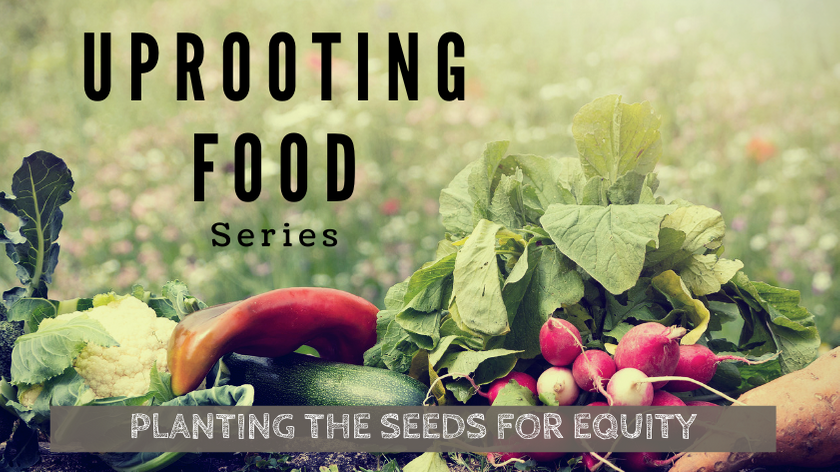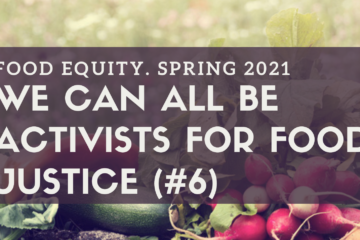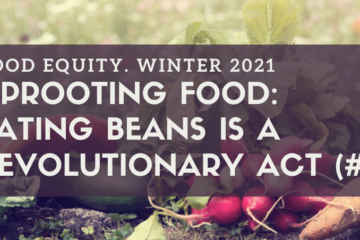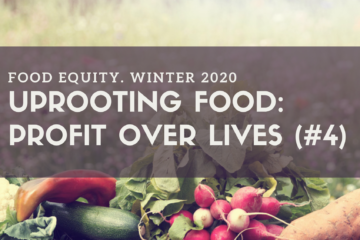
It’s the end of another week and there is nothing left to put in her children’s sandwiches. Andrea’s husband needs a meal to sustain him while he works today so he doesn’t lose his job or get sick. A cup of coffee will be fine for her
Maybe we are asking the wrong questions.
We look to a frightening future with this virus and ask: “What will happen if……”
Scientists and economists make models and predictions. Politicians count votes.
And we still don’t know what the future holds in this pandemic.
Maybe first we should ask: What is happening NOW?
And then we should ask: Why?
Right now we know that:
- Overall rates of hunger have effectively doubled since 2018.
- TENS OF MILLIONS of children lost meals when their schools closed.
- TENS OF MILLIONS MORE lost meals when their childcare closed.
- To feed themselves or their families, terrified workers must continue to work.
- More and more “essential workers” get sick and bring the virus home.
- Those who lost jobs are home but frantically prioritizing spending where food may be last on the list.
- Many of the 91,000 California farm workers who work in the “Salad Bowl of the World” cannot afford the very food they grow, harvest, or process.Despite being employed, Latinos experience higher food-insecurity rates (16.2%) than the national average (11.1%).
And when we ask WHY, we see that this virus laid bare inequities that were just beneath the surface. We can define the problem as “hunger” and offer food—and we may need to do that to answer the question of NOW. But if we rest in those “feel good” actions, we are missing the real solutions.
Hunger is the symptom. Senator Elizabeth Warren stated, “Decades of structural racism have prevented so many Black and Brown families from accessing quality health care, affordable housing, and financial security, and the coronavirus crisis is blowing these disparities wide open.”
The collective United States and our personal stomachs should ache. Maybe the next question is HOW? How did we let this happen? How can we let this continue? In the richest country in the world?
This is first in a series Uprooting Food where we examine the issues, effects of, and possible solutions to food disparity in the United States. Each article will describe the concerns and offer steps for each of us to become advocates for change.
What’s Needed Now
1- Consider a donation to World Central Kitchen, who is working across America to safely distribute individually packaged, fresh meals in communities that need support – for children and families to pick up and take home, as well as delivery to seniors who cannot venture outside.
Click here to learn more and donate to World Central Kitchen
2- Email your U.S. Senators immediately and ask them to vote YES on the HEROES Act to strengthen SNAP for families and kids in need. The Supplemental Nutrition Assistance Program (SNAP) is one of the most effective ways to feed hungry children. This bill increases SNAP benefits for kids and struggling families and strengthens child nutrition programs, ensuring children continue to get the food they need during this crisis.
Click here to email your U.S. Senators
3- Consider a donation to the Oregon Worker Relief Fund. Immigrant Oregonians have been disproportionately impacted by COVID-19. While Latinx Oregonians account for 31.7%¹ of all cases of COVID-19, they are only 13.3% of the state’s population².
. The federal government has ignored our essential and tax-paying immigrants, and our immigrant neighbors cannot access public benefits. The Oregon Worker Relief Fund provides financial relief to Oregonians that cannot access public benefits.
Click here to learn more and donate to the Oregon Worker Relief Fund
References
¹ Oregon Health Authority, May 2020. https://www.oregon.gov/oha/PH/DISEASESCONDITIONS/DISEASESAZ/Emerging%20Respitory%20Infections/COVID-19-Weekly-Report-2020-05-19-FINAL.pdf
² U.S. Census Bureau, May 2020. https://www.census.gov/quickfacts/OR
https://www.nokidhungry.org/sites/default/files/child-economy-study.pdf
https://www.ers.usda.gov/topics/food-nutrition-assistance/food-security-in-the-us/measurement.aspx


